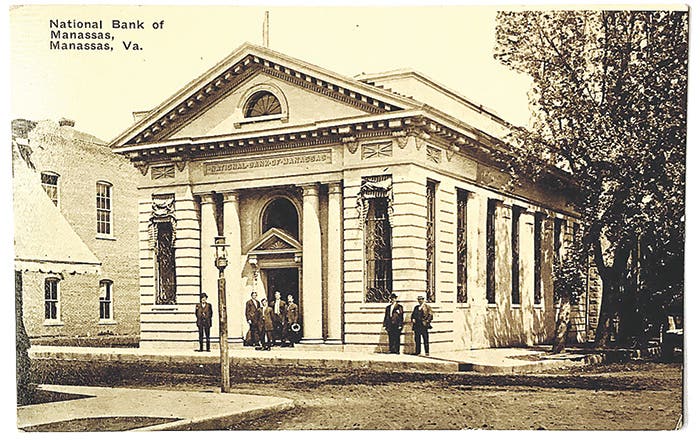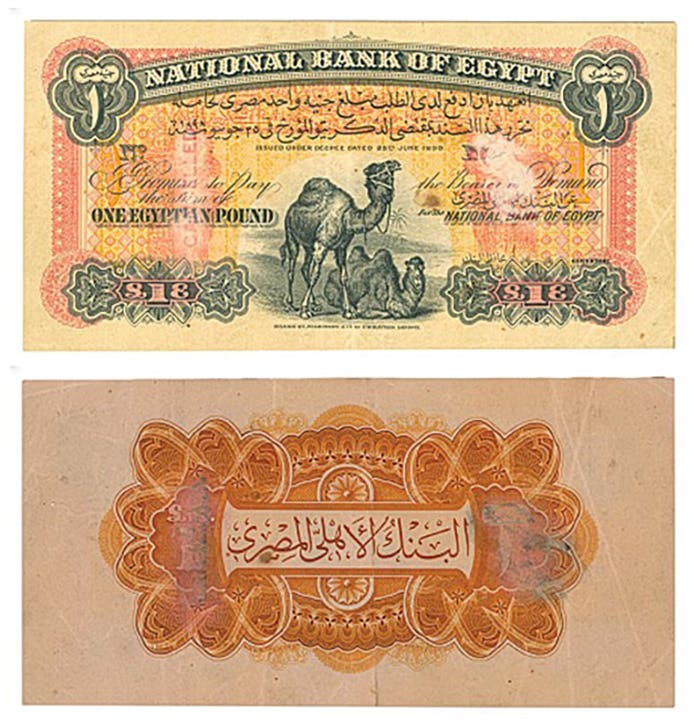Where the West Still Lives
Hotz off the Press looks at the remote Modoc County town of Alturas, California.
I rarely have the opportunity to write an article on a California bank. However, a recent addition to my collection allows me to introduce you to a relic of the Old West still alive and kicking in the far northeastern part of the state. Remote Modoc County has just one incorporated town, Alturas, and that will be our sojourn this month.
Alturas, Calif., is the county seat and only incorporated town in remote Modoc County, a high-altitude subdivision more reminiscent of Montana than most people think of California. Alturas is located at the junction of U.S. Highway 395 and State Route 299, about 20 miles west of the Nevada State Line and not far south of Goose Lake. Modoc County is quite remote and sparsely populated, with a population of just 8,700. The county’s official slogans include “The last best place” and “Where the West still lives.” Alturas sits at an elevation of 4,370 feet and has a population of 2,715.
Before the arrival of Europeans in the region, varying cultures of Native Americans inhabited the county for thousands of years. At the time of the European encounter, the Modoc people lived in what is now northern California, near Lost River and Tule Lake. The county was named after them. The city of Alturas occupies what was initially an Achumawi (Pit River) village known as Kosealekte or Kasalektawi. The city was initially known as Dorris Bridge or Dorris’ Bridge, named after Pressley and James Dorris, who built a bridge across the Pit River at this location. The Dorris Bridge post office opened in 1871. The town was renamed Dorrisville in 1874 and Alturas in 1876, meaning “heights” in Spanish. The census of 1880 showed a population of 148. However, settlement continued over the next two decades until the city was incorporated on Sept. 16, 1901. Because of its central location, Dorrisville became the county seat when Modoc County was formed in 1874.
Alturas is the headquarters of the Modoc National Forest and other recreation areas (most of Modoc County is federal land), and is the trade center for the agricultural region, which produces beef, sheep, potatoes, alfalfa and lumber. Despite its abundant wilderness, recreational opportunities, hunting and fishing resources, and natural environment, tourism is not a significant sector of the local economy – primarily due to the city’s remote location.
Alturas lies in the Pit River's broad valley near the county's center. The valley is a prehistoric lakebed that formed from alternating erosion and rebuilding of the volcanic flows of the Modoc Plateau, which surrounds all but the northeast side of it. The northeast edge of the valley is at the foot of the Warner Mountains, the most western range of the Nevada Basin, about ten miles east of town.
Animals, like deer, occasionally wander up Main Street. The entire town is rich in history, geological formations, and friendly folk. Even today, cattle drives occur across open terrain and along the byways of Surprise and the Warm Springs Valleys. Scenic views abound, including beautiful vistas of Mount Shasta on clear days.
The First National Bank of Alturas, Calif., was chartered in 1904 under charter #7219 and operated for 26 years until liquidated in 1930. It issued large notes only - all three types of Series of 1902 notes – but did not issue any Series of 1929 Small Size notes despite the opportunity. Interestingly for a small-town bank, the First National Bank of Alturas issued $50 and $100 notes, 675 sheets of them, of which one $100 note is known. The total circulation was $966,000, and of that amount, a mere 11 notes are reported, making this a very tough town from which to find a note. Additionally, Alturas was the only note-issuing town in Modoc County, and it only had one bank. Hence, its notes are even under more market pressure from those seeking to acquire a note from each California county.
Although I do not collect California notes, I recently came across an offering for an Alturas note. After doing a bit of research, I decided it was a note worth having, given the real scarcity of the bank and location. I have included a photo of my note, a Series of 1902 $10 Plain Back. It bears a nice pen signature from W.C. Steers, cashier, and a somewhat faded stamp signature from T.A. Walls, president. Most of you know that a new purchase usually compels me to learn about a new town. Alturas has impressed me with its real Old West feel and spectacular landscapes. It does seem like it belongs in Montana.
The First National Bank of Alturas eventually settled into the corner block of the Laird Building, erected in 1908. The bank had the corner space, and the rest of the building housed the Royal Hotel, owned by the Laird family. The building still stands in good use today, and the Wild Mustard Coffee and Gift Shop now occupies the old bank.
Alturas is replete with old structures today, but far fewer than those used to line its Main Street. Fires and demolitions eliminated many fine buildings. Sights worth seeing in Alturas start with the stately domed Modoc County Courthouse at 205 South East Street in town. The Modoc County Courthouse is one of the oldest and most beautiful buildings still standing and used in Modoc today. It is also one of the last free-standing courthouses in California. In 1883-84, the first courthouse was built where the Veteran’s Memorial building is today on Main and Water Street. J.A. Kerr was awarded the contract to build this courthouse for $3,244.00. T.B. Reese was the superintendent of the construction. According to Joe Layton a long-time resident of Alturas, A.M. Miller “an old Dutchman”, tore down this courthouse for salvage lumber.
Then, in 1914, the majestic building and courthouse that stands today was constructed. The building costs totaled nearly $90,000, with W.M. Concanon awarded the general building contract. Frederick J. DeLonchamps designed it in the Neo-Classic style, exemplified by Greek and Roman influence with symmetrical arrangement, a building of monumental proportions finished with a polished “stone” surface. DeLonchamps also designed courthouses in Yolo and Riverside counties in California and Washoe County in Nevada. It is built of reinforced concrete, stuccoed, and scored to imitate stone masonry. The style is similar to the Beaux Art style but lacks the variety of stonework and a large exuberance of detail, such as curly cues, gingerbread, and fancy windows.
Alturas once had many graceful hotels, but of those, only the majestic Niles Hotel still stands. The Niles Hotel on Main Street was originally constructed in 1908-09 as the Curtis Hotel. Then, in 1914, J.E. Niles moved his business down the street to what is known today as the Niles Hotel. Today, the hotel interior represents a living museum of Modoc history. The Niles Hotel has long been a focal point for business and social gatherings in Modoc County. The hotel is now under new ownership and is fully renovated.
Down Main Street from the Niles Hotel once stood the Big Tree Hotel, so named for the large spruce tree that stood in front of it. This hotel, built circa 1900, later became the Hotel Warner when ownership changed hands. It was destroyed by fire in the 1960s. Alturas’ third large hotel was the Modoc Hotel, which was demolished in the 1970s. I have included photos of several of these buildings.
Opposite the old bank, and the other corner of Main and North Streets, sits the classic Niles Theater, a pressed brick structure built by businessman J.L. Niles in 1935-1936 to bring entertainment to Alturas. It still functions as a working movie theater today.
Farther down Main Street is the Sears Building, the original E. Lauer Building, with its lower floor dating to 1876 and the second floor Masonic Temple, was added in 1884. The E. Lauer Building was constructed in 1902 of red brick and served many years as a dry goods store, later taken over by Sears. The original painted Sears Roebuck sign is on the rear of the building.
There is no doubt that Alturas is an out-of-the-way place, but the locals like it that way. Visitors who enjoy hiking and other outdoor activities make the hike to Alturas safe in the knowledge that it remains unspoiled and not overrun by tourists.
Readers may address questions or comments about this article or national bank notes in general to Mark Hotz directly by email at markbhotz@gmail.com
You may also like:









